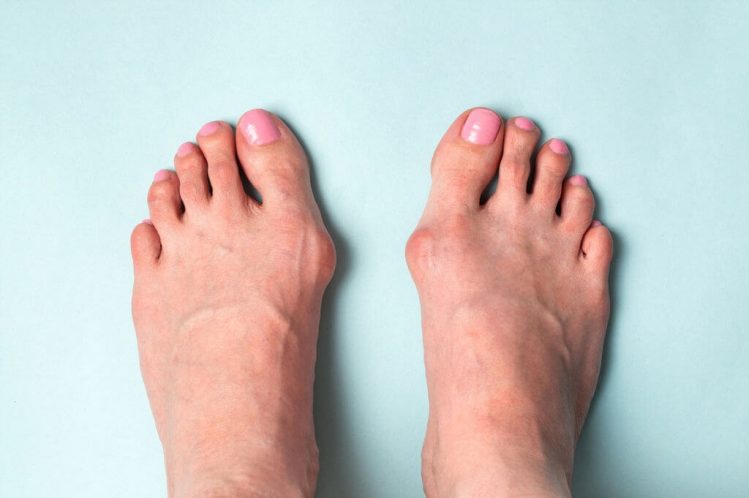What is: Arthritis and arthritic feet?

Arthritis refers to the inflammation of joints of the body. There are many different types of arthritis, some of the causes are listed below. As this website is a foot care resource, we will focus on arthritis of the foot and ankle.
- Osteoarthritis - Wear and tear of joints
- Old age
- Obesity
- Inappropriate footwear
- Injury to the foot
- Rheumatoid Arthritis
- Gout
General diagnosis
If you are experiencing stiffness or immobility, visit your local doctor who will advise you on how to treat the problem. Your clinician will most likely ask for your complete history in order to help make a diagnosis, followed by an x-ray or CT scan to determine the type of arthritis. In more complex cases a blood test is sometimes used.
Osteoarthritis and the feet
The big toe joint is the site most commonly affected by osteoarthritis, but any of the joints in your feet can be affected. Many people notice changes in the arch structure of their feet as they get older, and mild arthritis in the arch area is common. Osteoarthritis is less common in the ankle, but can occur if there has been an earlier injury or as a result of long-standing inflammatory arthritis.
Inflammatory arthritis
The term 'inflammatory arthritis' encompasses rheumatoid arthritis (RA), reactive arthritis (Reiter's syndrome), psoriatic arthritis and ankylosing spondylitis. The effect on the feet depends on exactly which type of arthritis you have. Rheumatoid arthritis, for instance, tends to affect many of the foot joints, while reactive arthritis usually affects only the ankle joint. People with inflammatory arthritis can also have inflammation and discomfort in the tendons and the other 'soft tissue' structures in the feet. The part under the heel where the tendons attach to the heel bone is quite often affected in this way causing joint pain, as well, as pain and swelling.
Prevention & treatment for arthritis related foot problems
A Podiatrist/Chiropodist may recommend a good supportive shoe to lessen pain from arthritis in addition to an orthotic (corrective insole), which a they will also advise you about. Anti-inflammatory medication such as aspirin or ibuprofen will help to reduce pain in addition to ice packs, massage and foot soaks, which are good home treatments. Further advice:
- Wash your feet every day in warm soapy water and dry them thoroughly, especially between the toes. A cotton wool bud gently inserted between toes may help with this.
- Check your feet every day for any problems. You can use a mirror if you have trouble getting down to see. Minor cuts, abrasions or blisters should be covered with a clean dressing and kept dry. If they do not heal within 2–3 days then seek professional treatment.
- If you have corns and calluses, you may be able to use an emery board or pumice stone to keep them under control. You should never use an open blade such as a scalpel or razor blade.
- Athlete's foot is an infection of the skin caused by a fungus. It is quite common in people with hammer toes because the warm, damp area between the toes is an ideal environment for the fungus to grow. Athlete's foot causes itching, and sometimes a speckled red rash on the skin. The athlete's foot may disappear on its own if you are very thorough with washing and drying your feet, but a cream or powder will speed things along.
- Try specialist orthotics or comfort insoles.
- Supportive shoes - Later in the afternoon, your feet will be at their largest if they tend to swell. Use anti-inflammatory medication and ice packs.
- Anti inflammatory drugs nsaids.
- Ice packs.
- Try foot massages in minor cases.
- Seek professional medical advice.


